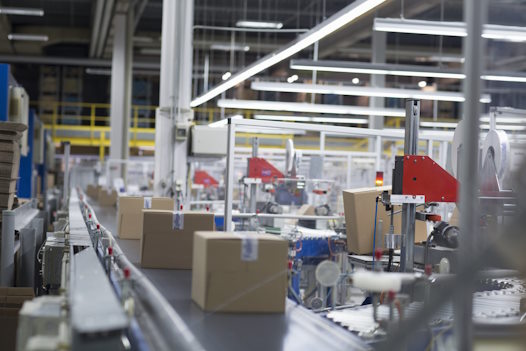Robotic packaging: the essential guide
Robotic packaging is becoming an essential part of packaging operations across the globe. But what is robotic packaging, and what needs to be considered before choosing to implement it? This blog answers these questions and provides a look at some of the ways robotics can be implemented into packaging, and the benefits it provides.
What is robotic packaging?
Robotic packaging refers to automated machines or systems designed to manage various aspects of the packaging process, including sorting, packing, and palletizing. These systems combine robotics, sensors, and software to transform once manual tasks into streamlined, efficient operations.
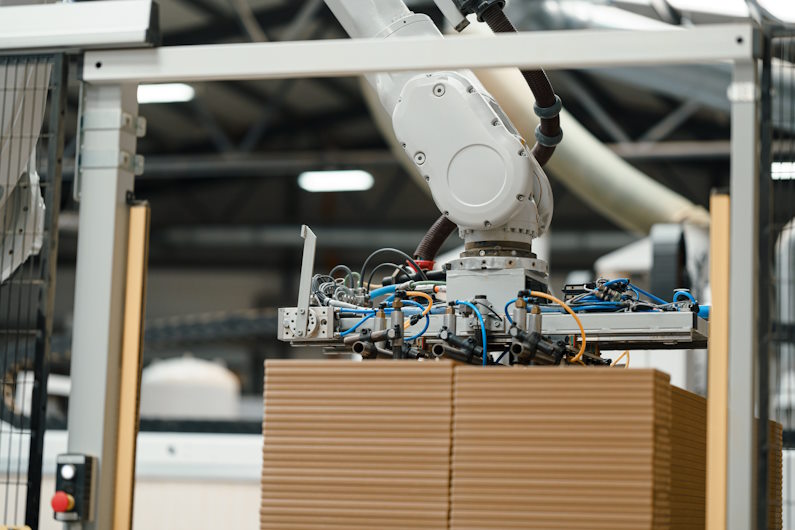
Key components in robotic packaging include:
- Robot: Robotic packaging systems primarily utilize robot arms or automated guided vehicles (AGVs), or a combination of both. These robots are programmable and flexible, and can perform various pick and place tasks.
- Vision system: Cameras and sensors that allow the robots to detect, sort, and align products with a high level of precision.
- Integrated software: Control software that enables the customization of tasks or workflows to the specific needs of the application.
Benefits of implementing robotic packaging
Increased efficiency and productivity
Robots can operate around the clock — besides any time needed to charge batteries — without experiencing fatigue or needing rest. This allows packaging tasks to be completed uninterrupted and much faster than a human could complete the same task.
Utilizing automation also eliminates human error, shift changes, and breaks from the workflow, ensuring production is smooth and efficient.
Improved quality and consistency
Robotic systems follow precise, standardized procedures and don’t deviate from them. This leads to product consistency and reduced packaging defects by eliminating mistakes and inefficiencies stemming from workers.
Automated inspections can be used to ensure products are accurately packed each time, lowering the risk of waste, returns, and rework. This increased consistency also helps build consumer trust in a brand or company in the long-term.
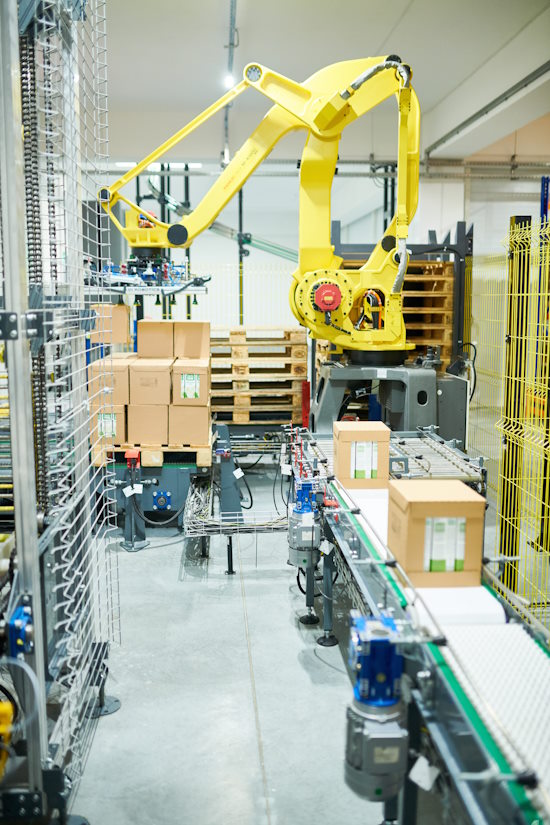
Cost savings and return on investment
While initial investments into robotics can be quite costly (although they don’t need to be), they offer better long-term profits due to increased productivity and reduced labor costs, even if robotics systems are still working alongside human employees.
Robots also help prevent workplace injuries by handling physically demanding, repetitive, or dangerous tasks, reducing medical expenses and downtime due to injury.
Challenges with robotic packaging
Initial investment
Robotic systems are often expensive, particularly for flexible systems that can handle various product sizes and types. These costs can be prohibitive for small and medium-sized businesses, though low-cost solutions like those from the RBTX Marketplace can make automation accessible to businesses of all sizes.
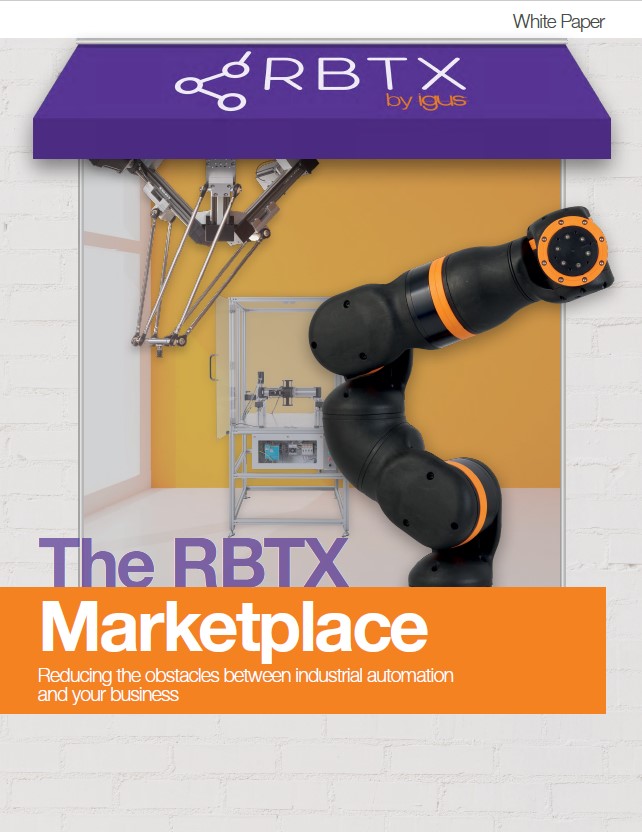
System integration and maintenance
The integration of automation into existing manual processes needs to be seamless, which requires extensive planning. A poorly integrated system will lead to unnecessary downtime and lost production. Skilled technicians are required to perform this maintenance, further increasing costs.
Adaptability to product changes
In applications where various product types and sizes need to be accounted for, automation can prove more difficult to implement. Robots need reprogramming or recalibration to handle these changes, which can slow operations if not properly accounted for in advance.
Robotic packaging applications
Pick and place
Robots equipped with cameras and sensors can quickly select and place items into packaging according to their weight, size, or orientation. This is often used in the food, pharmaceutical, and cosmetics industries to ensure precise handling of delicate products.
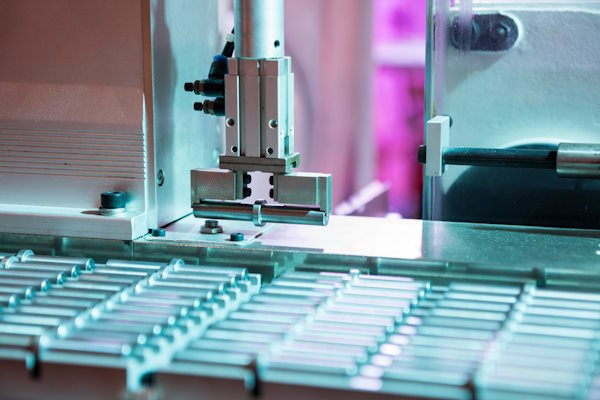
Palletizing
Palletizing — the stacking of packaging goods onto pallets for shipments — is an ideal task to be automated. Robotic packaging systems can handle different shapes, weights, and configurations of products, depending on what the application requires.
Case packing & cartoning
Case packing and cartoning involves loading individual items into cartons, trays, and cases. This is a highly repetitive task, which can lead to repetitive stress injuries or mistakes being made. Flexible robots can adjust to different product types and packaging sizes without significant reconfiguration, making them perfect for these tasks.
The future of robotic packaging systems
As AI and machine learning become more accessible and permeate more industries, opportunities will arise for packaging robots to utilize this technology. This will result in smart decision-making and the potential to implement predictive maintenance, which can eliminate unplanned downtime entirely.
Cobots also present the opportunity for humans and robots to work side-by-side, making operations more flexible. This will eventually become a necessity as more and more packaging operations turn to automation.
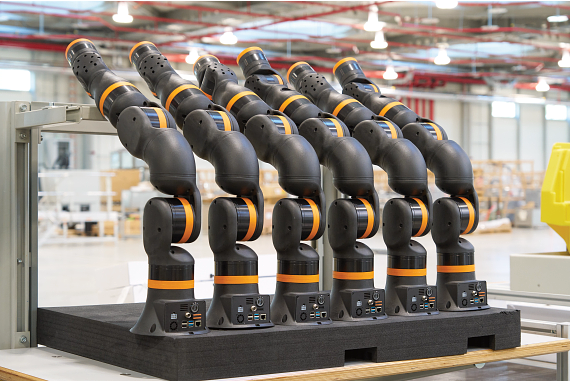
Blog: What is a cobot?
Automation, when implemented effectively, gives companies a major competitive edge over those who stick with manual operations. While proper planning and early investment is needed, the long-term benefits in efficiency, cost savings, and operational excellence more than make up for this.



